Introduction
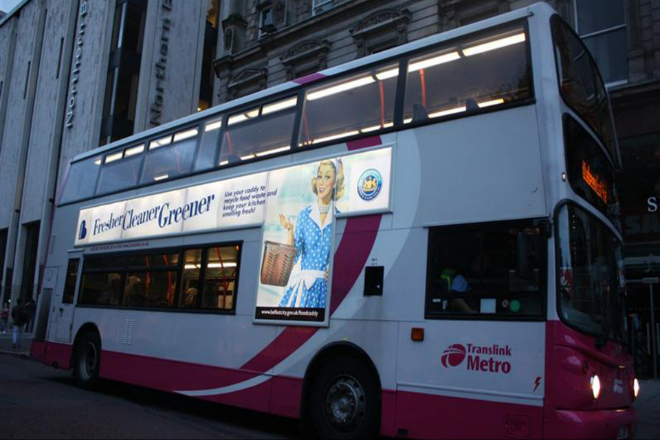
In modern cities, public transportation is the key to the operation of cities, and buses, as its main component, are increasingly valued for their service quality and riding experience.
Installing LED screens on buses is also a kind of intelligent development of buses now. So, can LED screens be installed on buses? Don’t worry, let’s discuss it together.
1. Analysis of the necessity and feasibility of installing LED screens on buses
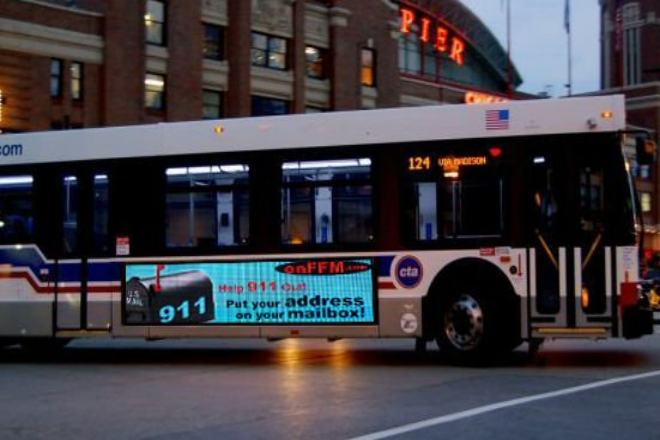
1). Necessity analysis:
- New advertising position, money-making expert:
Buses run around in the city, like moving billboards. Merchants are definitely happy to put advertisements on LED screens, as the exposure rate is not low.
For bus companies, this is also a considerable income, which can be used to improve vehicle facilities, improve service quality, or give some benefits to drivers, and everyone is happy.
- Emergency, life-saving straw:
In case of any emergency, such as earthquakes and fires, LED screens can quickly display escape guides and tell everyone how to evacuate safely. At this time, information is life, and knowing how to escape in one more minute means more safety.
2). Feasibility discussion:
- Technology is not a problem:
Installing LED display screens is technically not a big problem. Just find a place on the top or side of the car that will not affect everyone. As for the source de courant, it can be directly connected to the bus’s own battery.
As long as the voltage is stable and the energy consumption is well controlled, there will be no big problem. Data transmission is also simple. Now that 4G and 5G networks are so developed, real-time information updates are not a problem.
- Cost-effectiveness must be calculated:
Of course, it costs money to install display screens, including equipment purchase, installation, and debugging. However, think about advertising revenue and the word-of-mouth effect brought about by improved passenger satisfaction.
Is this money worth spending? In the long run, as long as it is well maintained, the income will definitely cover the cost, and maybe you can even make some money.
- Laws and policies must be followed:
You have to follow the rules when doing things, and you have to follow the rules when installing display screens. You must first understand what traffic regulations require for such equipment, such as size, luminosité, and installation location.
Then, apply for approval according to the process to ensure that everything is legal and compliant so that you can use it with peace of mind.
2. What are the benefits of installing LED display screens on buses?
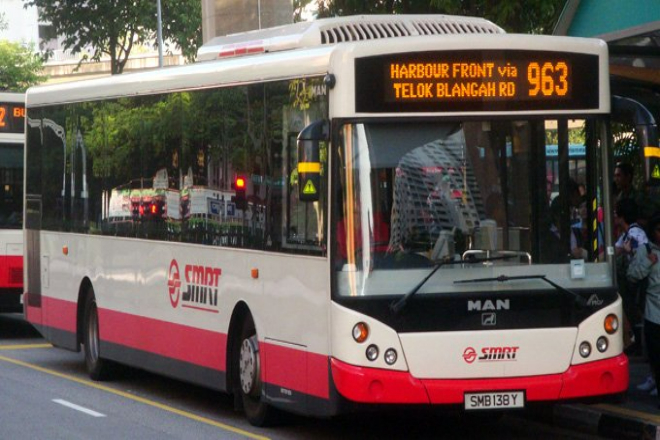
1). Advertising benefits, win-win situation
For bus companies, LED display screens are a good way to make money. Merchants have taken a fancy to the mobile advertising platform of buses and have placed advertisements.
In this way, bus companies have an additional source of income, which can be used to improve vehicle facilities, improve service quality, or give some benefits to drivers.
Merchants’ products and services can also be more widely exposed through this platform, attracting more potential customers. This is simply a win-win situation!
2). Emergency information, life-saving straw
Don’t underestimate this small LED display screen. It can save lives at critical moments. In the event of emergencies such as earthquakes and fires, the display screen will quickly display emergency notices and safety guidelines.
In this way, passengers can understand the situation the first time and act according to the instructions to avoid making wrong decisions due to panic. This is a matter of life and safety, and LED display screens have made an indispensable contribution in this regard.
3). The image of public transportation has been greatly improved
Buses equipped with LED display screens look different. It is more modern and high-tech, giving people a brand-new feeling. Passengers feel much more comfortable riding such a bus.
Moreover, this also enhances the brand image of the bus company and gives people a better impression of bus services.
4). Information circulation is smoother
LED display screens are also a good tool for information dissemination. It can publish public service advertisements, gouvernement announcements, and other information so that passengers can also learn about the latest social developments while riding.
In this way, it not only promotes the circulation and dissemination of information but also enhances the public’s public awareness and social responsibility.
3. Where are the LED display screens on buses generally installed?
LED display screens on buses are little helpers for people’s daily travel, display stations, broadcast information, and have many functions. However, have you ever thought about where these display screens are generally installed on buses?
Today, let’s talk about this topic and see where these display screens are hidden and what’s special about them.
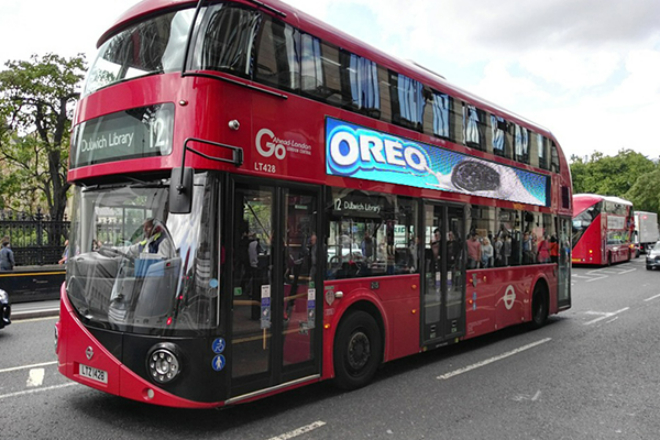
1). The side of the car is a good helper when entering the station
Sometimes, you will also see LED display screens on the side of the bus, especially at the waist. Route information, station names, and other key contents are usually displayed here.
When the bus enters the station, passengers waiting for the bus on the platform can see the information about the vehicle that is about to arrive at the station at a glance.
Isn’t it convenient? In this way, everyone can prepare in advance and don’t have to wait until the bus stops before rushing to the door.
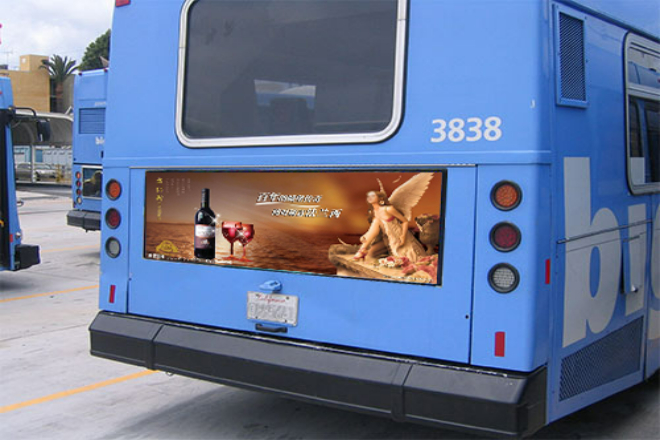
2). The front and rear of the bus, the direction of travel is clear at a glance
The front and rear of the bus are also the “permanent places” of the LED display. The vehicle’s direction of travel, route information, terminal name, etc., is usually displayed here.
This information is also important for other road users, such as pedestrians and drivers of other vehicles. They can know at a glance where the bus is going and whether it is the same place they are going, so they can drive and walk more assuredly.
3). There are also small surprises in special locations
Of course, the LED display screens on buses are not limited to these “conventional locations.” Some specially designed buses will also install small LED display screens above the doors and behind the seats.
Although these display screens are small, they have many functions, such as displaying arrival reminders, advertising information, etc. When you sit in your seat, you can see it as soon as you look up. Do you feel that the riding experience has been upgraded?
4. Challenges and solutions that may be faced when installing LED display screens on buses
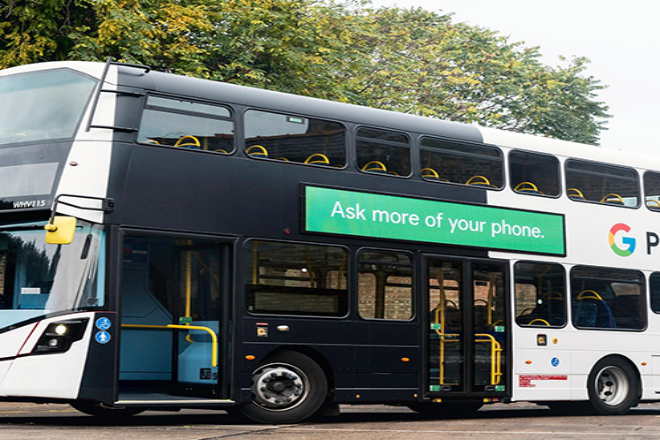
It is not that simple to install LED display screens on buses. Don’t be fooled by its quiet display of station information and advertisements.
There are a lot of challenges behind it! But don’t worry, let’s talk about these challenges today, as well as some smart solutions that will definitely open your eyes!
1). Technical difficulties:
First of all, buses are “wild kids” running on the road every day, and bumps and vibrations are commonplace. If the LED screen is unstable, it will give you a “black screen greeting” from time to time or flash so brightly that you are dazzled, then it will really become a “troublemaker.”
So, we have to choose those screens with good quality and can withstand being knocked, and we have to give them a “reinforcement package” to make them firmly fixed on the bus so that they will not “strike” no matter how bumpy it is.
Let’s talk about the brightness problem. The sun is so strong during the day, and it is dark at night, so the brightness of the LED screen must be able to “adapt to the situation.” At this time, smart sensing technology comes in handy.
It is like a “little detective,” always watching the changes in ambient light and then quietly telling the screen: “Hey, it’s time to adjust the brightness!” In this way, passengers can see clearly and comfortably regardless of day or night.
Oh, by the way, there is also the “hidden level” of anti-vibration design. The cables and interfaces behind the LED screen must also be “anti-vibration experts.” Otherwise, if they break when shaken, the screen will really become “alone.”
Therefore, we have to use professional anti-vibration materials and designs so that the screen and its friends can “be in the same boat” and withstand the “bumping test” of the bus.
2). Content management:
Content management is a big question. The information on the LED screen must “keep pace with the times” and cannot always “reheat old things.” This requires an efficient content management system to help.
It is like an “information expert,” always keeping an eye on the latest news and announcements and then quickly pushing them to the screen. In this way, passengers can get the latest and hottest information in the first place!
Of course, healthy and positive content is also essential. You have to make sure that the LED screen displays positive things and not let those negative information “take advantage of the situation.”
Bus companies have to be like a “family head” and strictly control to ensure that every piece of information is beneficial to passengers. At the same time, you must also be careful not to let advertisements take up too much space; after all, passengers are not here to see advertisements; they are here to ride!
Conclusion
In short, the LED display screen on the bus not only improves the passenger experience but also brings new possibilities for business and public services to the bus system.
In the face of challenges, we should continue to innovate and optimize the application of technology to ensure that it can meet the needs of passengers while helping the intelligent development of public transportation.
Enfin, si vous souhaitez en savoir plus sur les écrans d'affichage LED, veuillez nous contacter.
